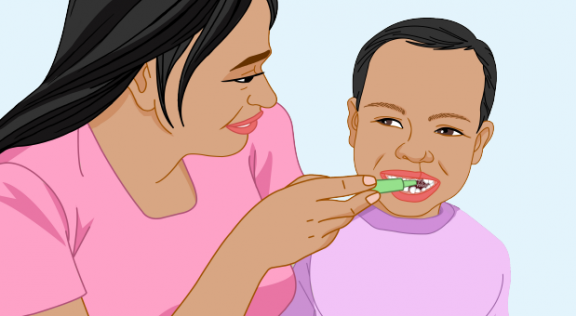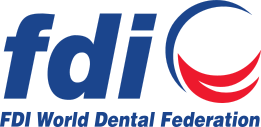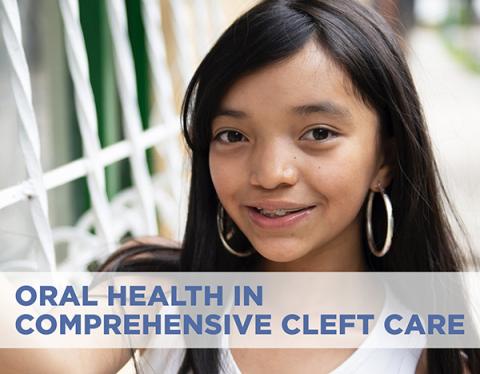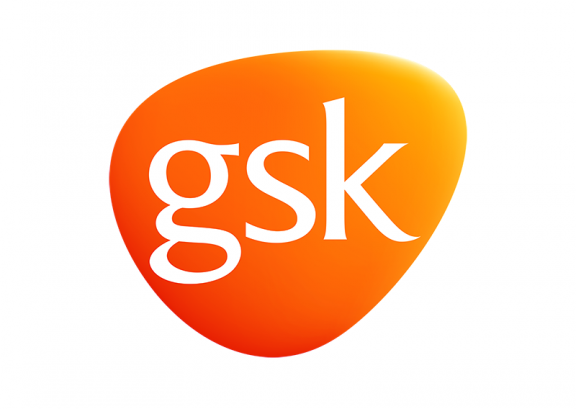Oral health in comprehensive cleft care
Cleft lip and palate (clefts) are the most common birth difference of the face and mouth. Clefts occur when parts of the lip and/or palate do not fuse together during fetal development, which can lead to difficulties with feeding and even survival following birth.
Cleft lip can affect as many as 1 in 500 births, yet many children never receive the reconstructive surgery they need.
Even children who undergo cleft surgery are often at an increased risk for caries, periodontal disease, and other oral health issues as they grow and develop. These children require regular dental care to ensure adequate monitoring, education, support, and treatment to prevent oral disease and ensure the highest possible quality of life.
Oral health is key in caring for patients with cleft
Rehabilitation and care of children living with clefts often involves the core specialties of nursing, plastic surgery, speech therapy, and orthodontics. However, dental care should also be added to the care continuum for patients with cleft to ensure adequate access to dental services and integrate oral health considerations across the care pathway. To support this integration, oral health professionals must receive accurate, quality guidance and education in caring for patients with cleft. FDI and oral health non-profit Smile Train are working together to provide new resources on the standard of oral health and integration of dental care for children and adults with clefts.

Goal 1
Advocate to improve oral care for cleft patients around the world by integrating oral health professionals into the care continuum
Goal 2
Provide educational resources for oral health professionals and cleft care teams that address the oral health needs of patients with cleft
Goal 3
Deliver resources that support patients and families affected by cleft lip and palate to provide guidance on topics related to oral health
Resources
The Oral health in comprehensive cleft care project is supported by:



